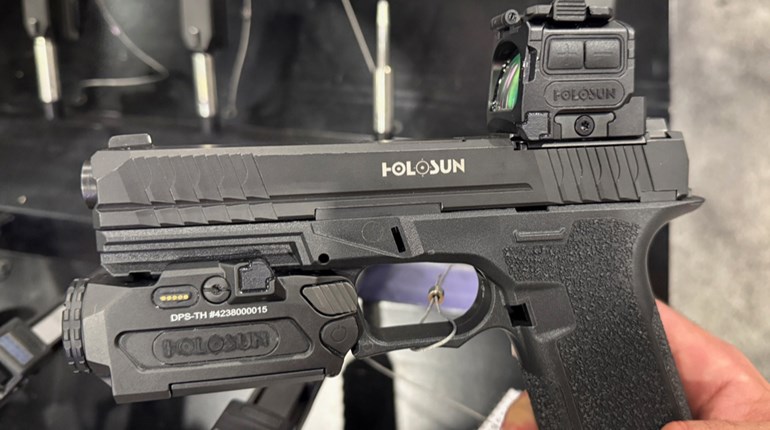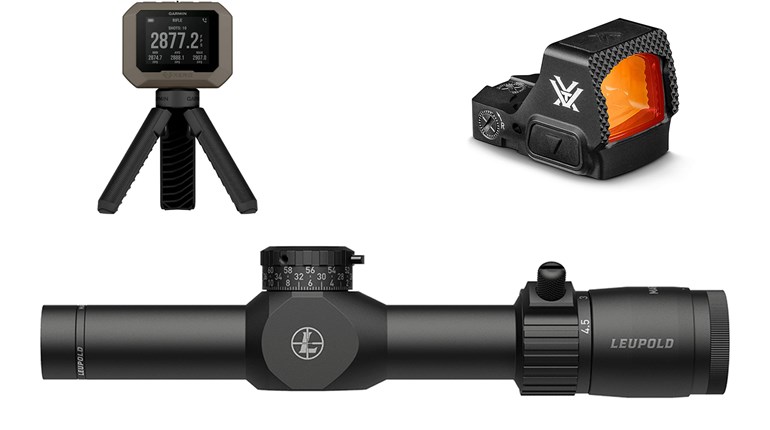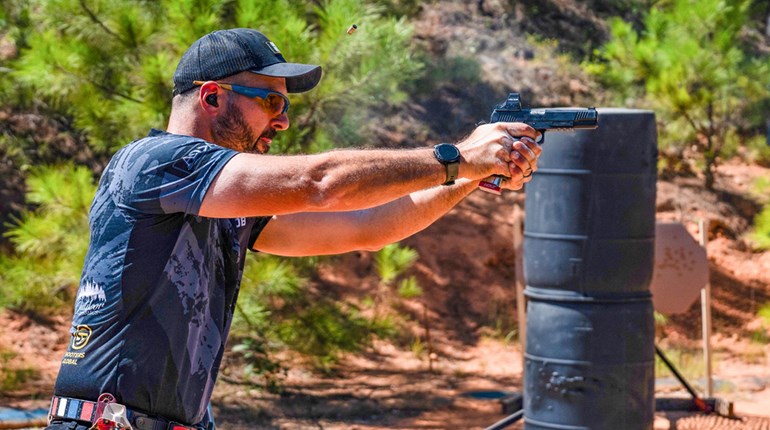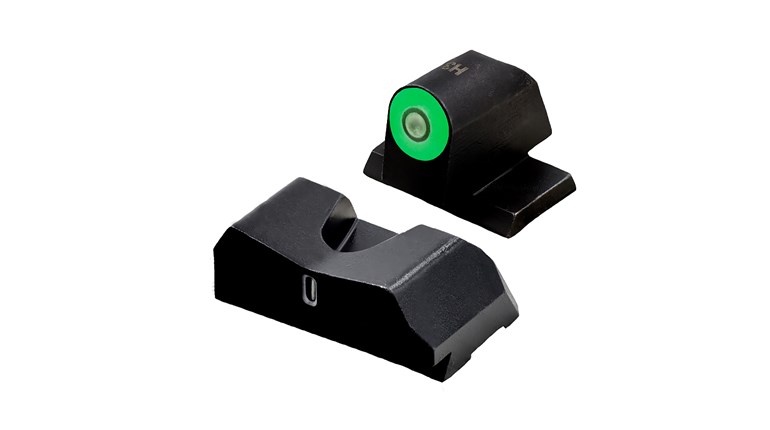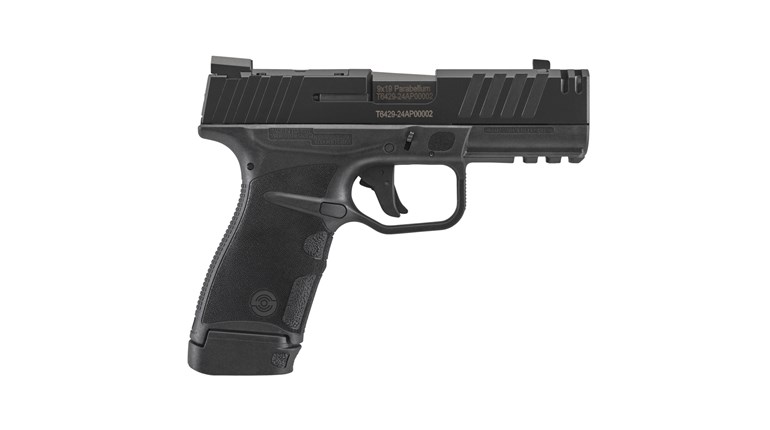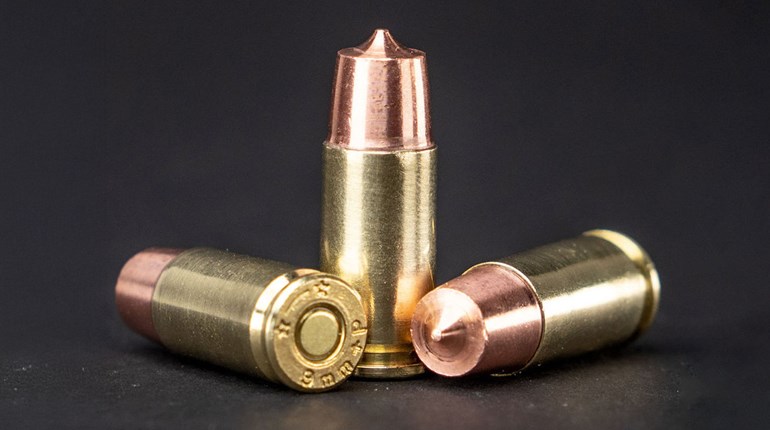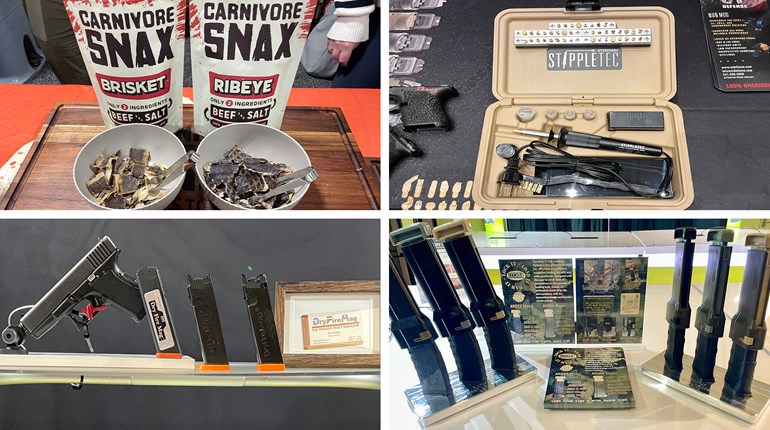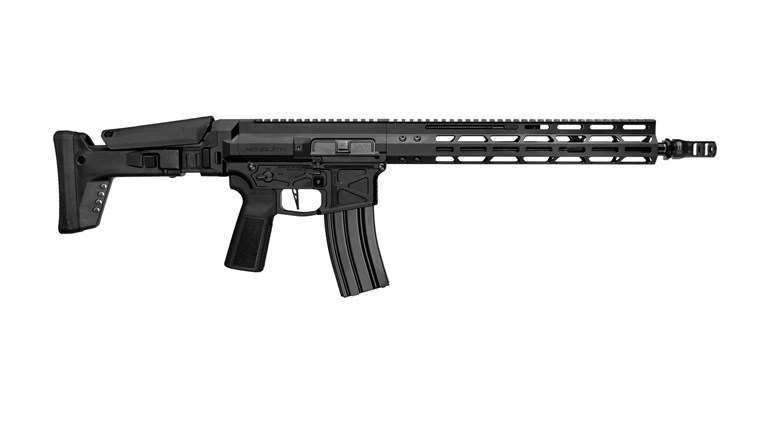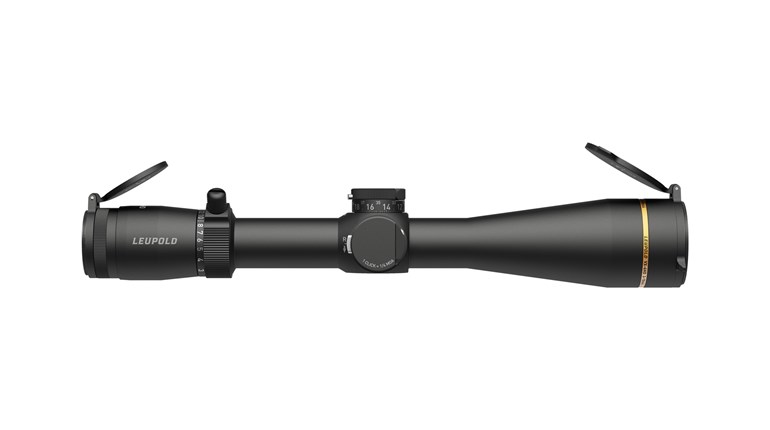
As the cost of electronic components like those used in computers and smartphones drops lower and lower, so do the prices of night-vision devices. In military use, gear that was once the restricted to special-operations units has now in use by soldiers in a wide variety of roles. This is true in the civilian world as well, as high-tech vision gear is now available to the common man.
Night vision is becoming increasing popular for both the armed citizen and law enforcement. However, the wide variety of gear out there can be confusing to beginners. To make sense of what’s available, I went to John Thistle of Nightsightoptics.com, an online store that specializes in night-vision devices, to find out what’s out there right now and what works best for different applications.
Low-light and no-light optics can be broken down into two categories: Night-vision devices (or NODS), which amplify the existing light many thousands of times, and thermal-vision optics, which measures the ambient heat of the surroundings and transmits it to a screen which users then view through their optic.
Night Vision
At one time, night vision devices were known as “starlight scopes,” which gives a good idea of how they work. Light that hits the front the optic gets amplified electronically and then is sent to the back glass. The actual image quality of what you see in the rear glass is measured by the device’s “Figure of Merit,” or FOM for short. Figure of Merit is derived from a variety of technical details such as signal to noise ratio, light gathering ability and other factors. In general, though, the higher the FOM for a night vision device, the easier it is to see through.

In general terms, night vision goggles come in three levels of technological sophistication:
First Generation or Gen 1 goggles are typically the lowest priced option out there, and with that lower price comes a reduced feature set, such as less light gathering ability, lower image quality and a shorter effective range, typically around 100 yards.
Second Generation goggles have better image quality than their predecessors, but can still seem a little hazy compared to more modern devices. They are also more costly than Gen 1 goggles, and can enable their user to pick out details out to 300 yards.
Third Generation googles are the state of the art and tend to demand the highest prices. Gen 3 goggles also have three levels of ruggedness and image quality:
Commercial grade: Night vision goggles with a commercial grade will be the most affordable of the Gen 3 types, and have a lower FOM compared to others.
Military grade: Military grade night vision devices are typically hand selected at the factory for quality image intensifiers, and while they cost more, will also have a higher FOM,
Aviation grade: Even better than military, grade, these offer the best image quality available today.
Night-vision devices don’t just intensify available light, they intensify near-infrared light as well. This is light that is just outside of our visual range, and it’s quite common now to see rail-mounted laser illuminators that flood a room with light that can only be seen by someone wearing night vision gear. Near-infrared laser deisgnators are also a popular accessory for people using night-vision optics because they offer all the advantages that a visible laser sight offers, but are invisible to any not using a night vision device.
Night-vision devices are a great option in low-light situations when specific details are needed in low-light or, such as navigating a dark interior, recognizing a person’s face or reading a license plate number off of a vehicle. Also, because they augment the existing light, (which passes through glass), they can also be used to operate a vehicle in places where it is legal to do so.
Thermal Vision
Thermal-vision devices detect the heat given off by everything in their field of view and then displays what they see on a small LED screen for the user. Thermal vision devices are particularly effective when there is a large amount of contrast between the ambient heat of the environment and the heat given off by the target, such as looking for game at night. Because they display the inherit heat given off by everything in our surroundings, they can be used to spot the heat signature of a target that’s trying to hide behind the brush or light cover, and they are particularly effective in searching for targets like feral hogs.
Thermal vision devices come in a wide range of styles, from wearable, one-power monoculars to rifle-mounted scopes, on up to powerful 36-power scopes that can detect and track targets that are thousands of yards away. Features to look for in a thermal unit are a quick boot time (the length of time it takes to warm up the electronics inside the unit), pixel count (the total number of pixels in the rear display), pixel density (higher density usually means greater visual clarity and improved details) and a fast refresh rate so what you’re seeing matches where the device is pointed.
Thermal devices don’t resolve details that well: The writing on a car license plate is the same temperature as the plate itself, and the heat signature of one face is pretty much identical to every other face. Another problem is the inability of thermal to view through glass, since a sheet of glass registers as a solid surface with a consistent temperature. Where thermals work well, however, is detecting items like car engines and animals from a long ways away: With the right gear (and the right target), it’s possible to spot targets that are a mile or more away from the observer.
Which is better: night vision or thermals? That depends on your needs. Night-vision devices, with their ability to be used inside vehicles and resolve details, are a great choice for situations when target identification is a priority, and they work well with IR lasers and illumination devices. Thermal devices, on the other hand, can detect targets at long ranges, and can even see through brush and light cover. With prices on top-quality gear are quite reasonable these days, so it may be time to look into getting a low-light optic, and make shooting a 24-hour hobby.












